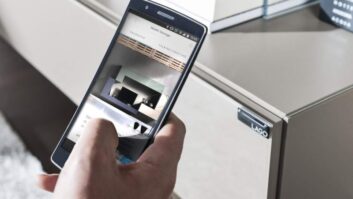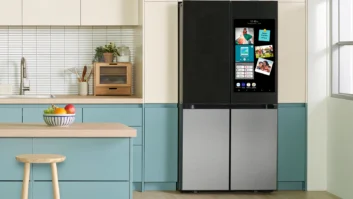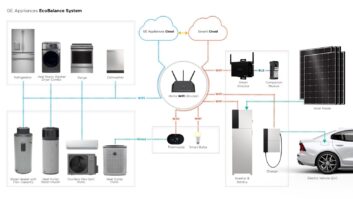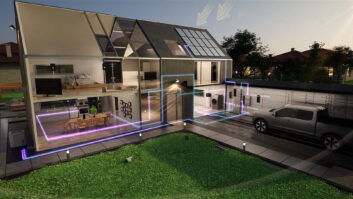WASHINGTON, D.C. — The development of the “smart” home appliance market is one of supply and demand: Consumers are demanding it, but supplies are unavailable due the lack of a standardized home networking protocol.
That was the conclusion of a panel of appliance manufacturers and software developers that convened for a Smart Appliance Forum during the Association of Home Appliance Manufacturers Annual Meeting, held here earlier this month.
The discussion kicked off with a definition of terms. AHAM describes so-called smart appliances as those with embedded electronics that provide communications ability and can be networked. The trade group said it began a standardization effort some eight months ago, and enlisted the aid of 20 member companies including Amana, Electrolux, GE, LG, Maytag, Samsung, Sub-Zero and Whirlpool to develop voluntary standards, rather than an entirely new protocol. Ideally, AHAM said, the standards will ultimately link the Internet, wireless and powerline carrier platforms.
When those forces finally come together, panelists agreed that the consumer pump would be well primed for smart household devices. “The kitchen’s a happening place in the house, a place where decisions are made and events are planned,” said Jim Fanning, director of home solutions at Whirlpool. “We anticipate the migration of existing practices in the house into an electronic medium.”
Such functions as automatic grocery lists and routine maintenance are some of the benefits that will leave consumers salivating, he said. “In our test markets, people don’t want to give up the products, despite the Frankenstein nature of some of the initial designs.”
David Nash, director of business development for connected consumer ecosystems at Intel, suggested that the relish with which consumers have embraced the Internet bodes well for intelligent appliances. “There are already 60 or 70 million Internet subscribers and 10 million broadband consumers,” he observed. “There’s an insatiable desire for the Internet, and it’s pervasive, like a fourth utility. For better or worse, the Internet is here to stay.”
Like Whirlpool, Intel has met with enthusiastic consumer response in trials of connected products. “We test marketed an Internet tablet in 10 homes with five folks each in Portland, Ore.,” he recalled. “The first one was heavy and required wiring. But then we provided mobile Internet access and everyone wanted to buy one when the pilot was completed.”
Nash suggested that the appliance industry is on the threshold of a “whole new continuum of connected products where the technology is invisible” and will provide “very profitable” installation opportunities. But while “the technology is there, we need to future-proof these products with a compelling application,” he argued, and looked toward year’s end as a target date for significant product introductions.













